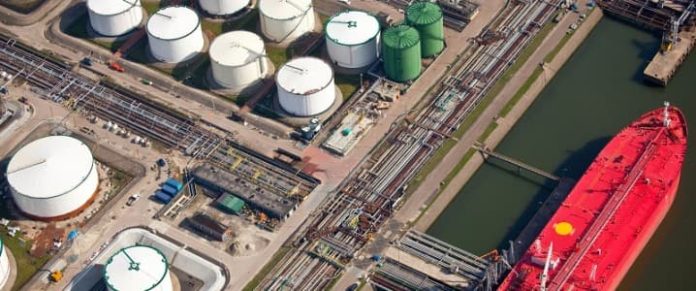The United Arab Emirates has announced that it will not join Saudi Arabia in making voluntary oil production cuts, claiming that the cuts by the Saudis are enough to balance the markets.
This is hardly surprising considering that the UAE has in the past argued that it should be allowed to pump more than its current OPEC quota.
The UAE has plans to ramp up its crude production capacity to five million barrels per day (bpd) by 2027, well above OPEC’s quota of 3 mb/d.
A week ago, for the second month running, Saudi Arabia extended its voluntary 1M bbl/day oil production cut for another month, this time till August.
The reduction will take the country’s production to ~9M bbl/day, the lowest level in several years.
The Kingdom has been single-handedly sacrificing sales volume in a bid to goose weak oil prices, but has so far reaped little reward, thanks to increased supply by non-OPEC producers including the United States.
The Energy Information Administration has reported that U.S. crude oil production is on track to set a record this year, up 9% Y/Y through April.
EIA has forecast total U.S. output will hit 12.61M bbl/day in the current year, above the previous record of 12.32M bbl/day set in 2019 and easily beating last year’s 11.89M bbl/day.
Although OPEC and its allies have announced cuts amounting to ~6% of 2022’s production, Rystad Energy estimates output in countries outside OPEC is making up for about two-thirds of those reductions, frustrating OPEC’s efforts to goose prices.
Improved efficiency and newer technologies have made U.S. oil companies more profitable, even at lower crude prices, with J.P. Morgan estimating that the cost of drilling and fracking in the U.S. shale has dropped by 36% since 2014.
Shale giant ExxonMobil Corp. (NYSE:XOM) is now betting that shale producers can double crude output from their existing wells by employing novel fracking technologies.
“There’s just a lot of oil being left in the ground. Fracking’s been around for a really long time, but the science of fracking is not well understood,” Exxon Chief Executive Officer Darren Woods said Thursday at the Bernstein Strategic Decisions conference.
Woods has revealed that Exxon is currently working on two specific areas to improve fracking. First off, the company is trying to frack more precisely along the well so that more oil-soaked rock gets drained.
It’s also looking for ways to keep the fracked cracks open longer so as to boost the flow of oil.
Source:Oilprice.com















